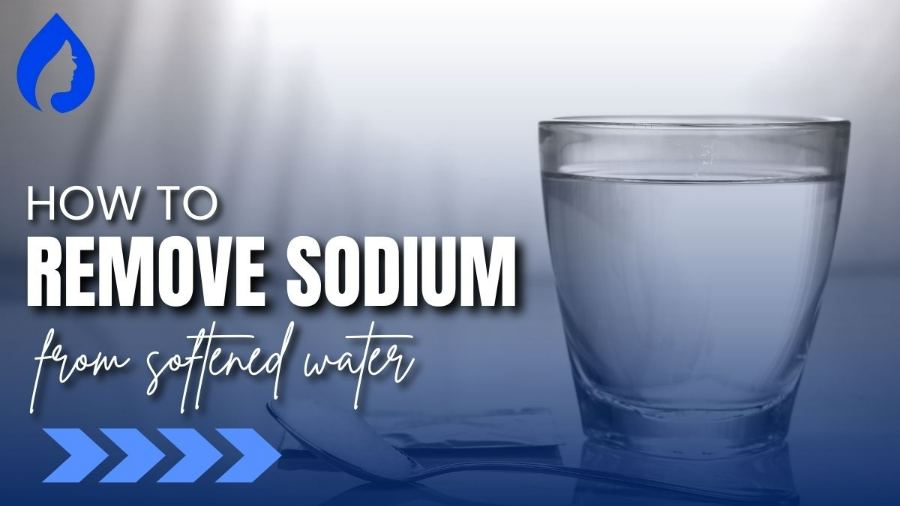
Salt-based water softeners use ion exchange to eliminate hard water problems but add salt (sodium chloride) to your drinking water.
This can be concerning, especially if you’re on a low-sodium diet (due to high blood pressure or other issues), as too much sodium will not be good for your health.
So the question is: how to remove sodium from softened water?
Short answer: Reverse osmosis filters. You can also opt for water conditioners.
So let’s dive straight into the details 👇
🖐 5 Ways To Remove Salt From Soft Water
| Method | Effectiveness | Cost estimates (in $) | Cons |
| Reverse Osmosis | Super effective | $450 (approx) | Expensive; wastage of water |
| Distillation | Effective | $130 for 500 ml and $170 for 1000 ml (approx) | Time-consuming; water generated through distillation lacks minerals |
| Using potassium chloride pellets | Highly effective | $17 to $18 for 5 kg (approx) | Expensive |
| Use water conditioners | Effective | $200 to $6000 (approx) | Costly + troublesome; not highly effective in removing scales |
| Electrodialysis | Less effective | $0.38/m3 – $6.38/m3 | prone to clogging if feedwater is not pre-treated; controlling and maintaining them is tough |
Also Read: How To Correctly Input Water Softener Hardness Level
🔄 Method #1: Reverse Osmosis
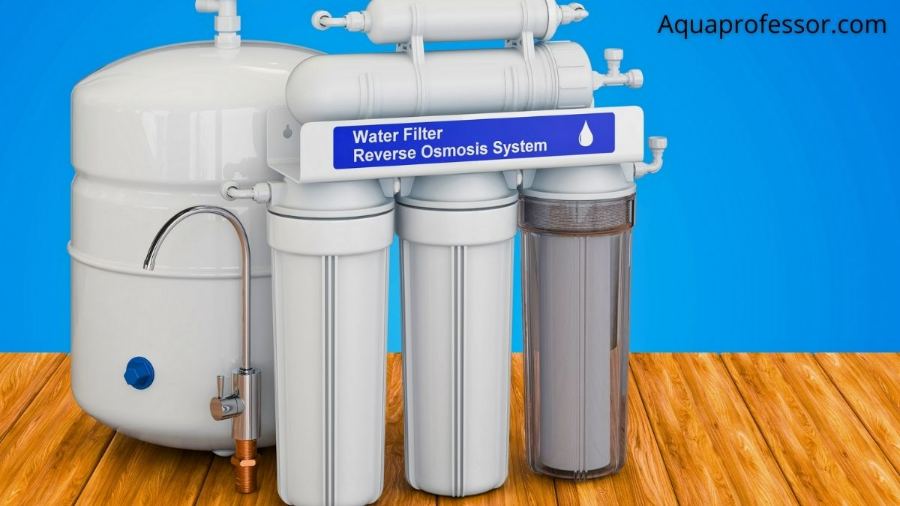
🧐 How effective:
The Reverse Osmosis process is a great way to eliminate sodium from your home tap water that a softener adds to the water in the form of sodium chloride.
A reverse osmosis system comprises a semipermeable membrane that traps the sodium in water and other minerals ions within it and doesn’t allow them to pass through its tiny-sized pores.
As a result, you get to drink softened water devoid of sodium.
💵 How costly to use:
Under-sink reverse osmosis systems (installed under your kitchen sink) usually cost approx $450-600. Replacement filters cost approx $30-100, depending on the unit you buy.
However, point-of-entry systems can cost close to $1k, so avoid them unless your water test report justifies them.
🛑 Cons:
Reverse osmosis systems waste a lot of water.
⏫ Method #2: Distillation
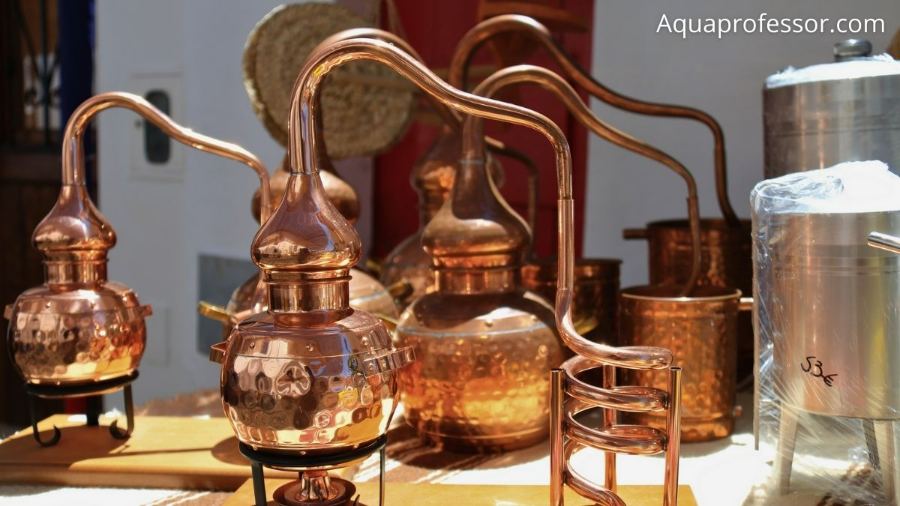
🧐 How effective:
Distillation, like the reverse osmosis system, is also quite effective in removing salt from water.
💵 How costly is it to use:
A 500 ml distiller costs approximately $130, whereas, with a 1000 ml water holding capacity, a distiller costs $170.
🛑 Cons:
Distilled water lacks minerals and can be time-consuming for drinking water needs.
Also Read: 5 Best Water Softening Alternatives
🎛 Method #3: Using Potassium Chloride Pellets
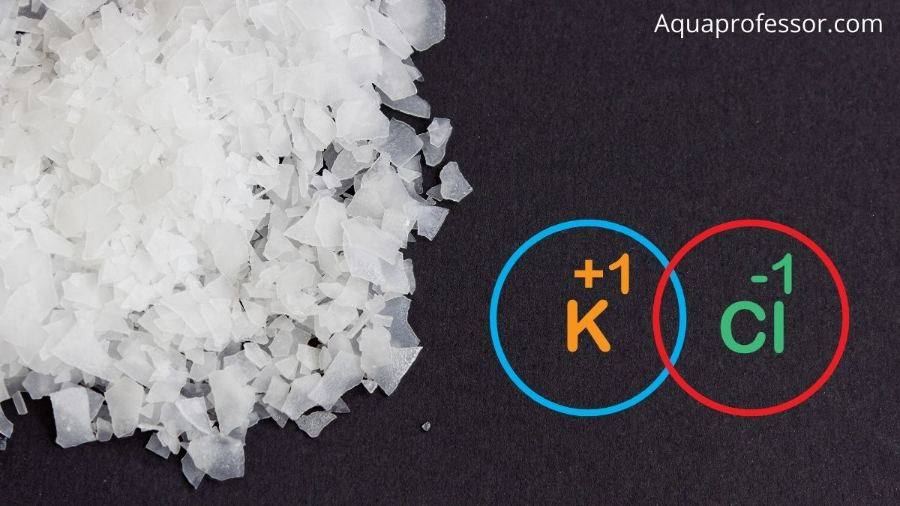
🧐 How effective:
Using potassium chloride to remove salt from water is a traditional water-softening process. It’s highly effective for salt water treatment.
In this system, the sodium ions of the sodium chloride present in soft water get replaced by the potassium ions of the potassium chloride, thus giving you salt-free water.
In case you already possess an ion exchange softener and don’t want to spend money on any other water treatment system, potassium chloride pellets are the ultimate solution.
💵 How costly to use:
About 5 kg of potassium chloride pellets approximately costs $17 to $18.
🛑 Cons:
It’s expensive compared to any salt’s price.
💾 Method #4: Using Water Conditioners
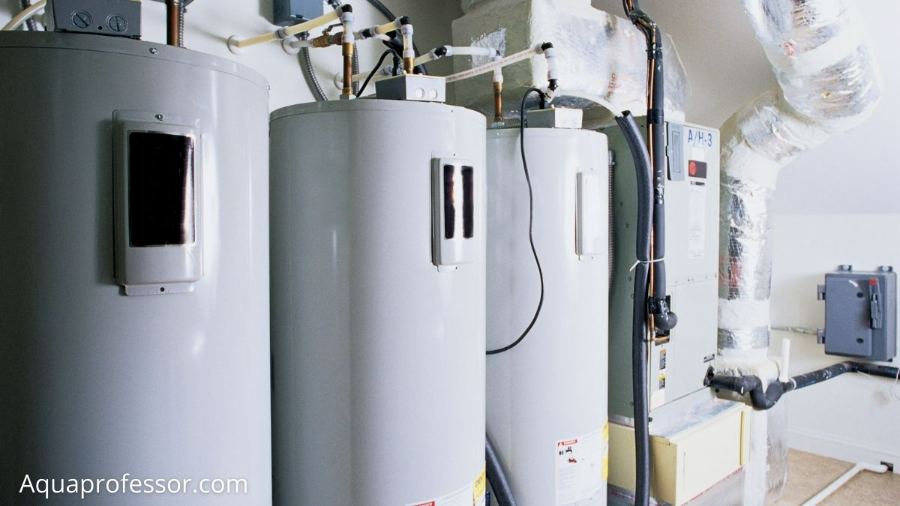
🧐 How effective:
Water conditioners take the help of a media for crystallizing hard water minerals and generating soft water.
No chemicals or salt are incorporated into the process to attain the result. When the hard minerals become crystals, they lose their ability to remain attached to the water surfaces in the form of scales.
💵 How costly to use:
A water conditioner system costs approximately $200 to $6000, relying upon the machine’s size and capacity.
🛑 Cons:
Water conditioners aren’t practical for high water hardness like softeners. Also, installing a conditioner is not feasible if you already possess a salt-based water-softening system.
🎚 Method #5: Electrodialysis
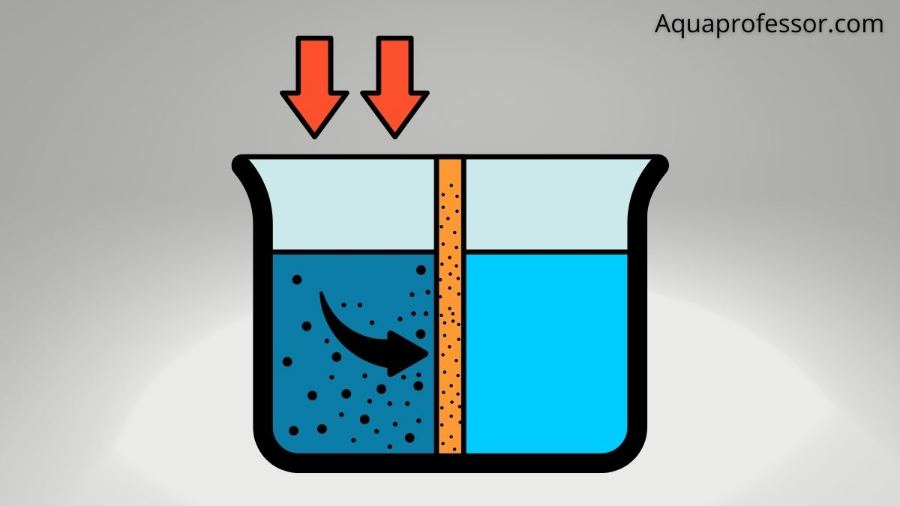
🧐 How effective:
Electrodialysis (a system based on electric current) is much less effective than the other systems of salt removal, like RO systems and distillation.
In electrodialysis, the soft water passes through the electrodes with the help of electricity and gets drained through a membrane (ion exchange-based).
The ion exchange membrane leads the water into two distinct channels:
💵 How costly to use:
The system costs approximately $0.38/m3 – $6.38/m3—the actual cost banks upon the concentrate disposal rate and the gross water rehab.
🛑 Cons:
The Electrodialysis stacks clog if feedwater is not treated beforehand. Also, it’s more complicated to administer the entire electrodialysis system. Finally, it’s challenging to control and maintain it.
🍙 Does a Water Softener Increase Your Sodium Intake?
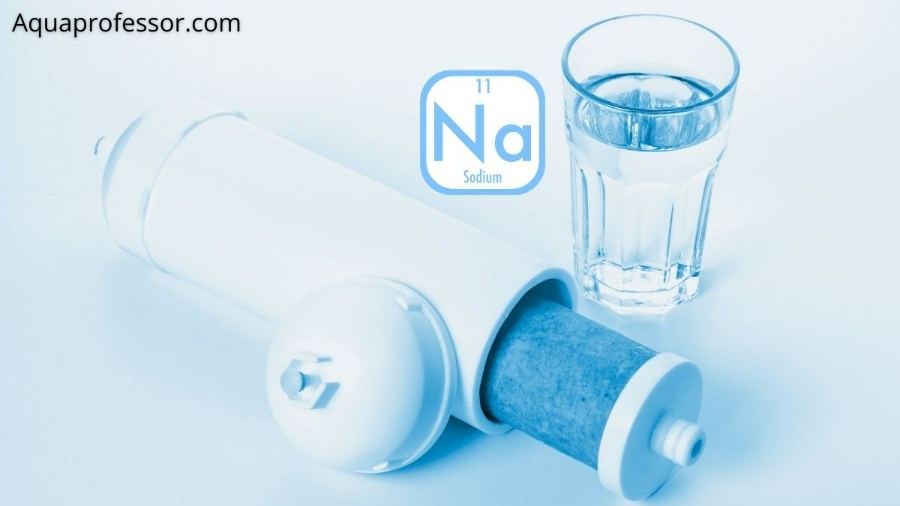
A typical salt-based water softener softens water through the ion exchange process. Ion exchange processes involve removing sodium by extracting the ions of calcium (Ca2+) & magnesium (mg2+) from your tap’s hard water and then substituting them with the ions of sodium (Na2+).
Finally, the calcium and magnesium (Ca2+ & Mg2+) ions get flushed down the drain, keeping the natural minerals intact in the water, so the system restarts its regular operation.
The amount of sodium ions a softener adds to your home water to yield soft water depends on your water’s hardness.
You can calculate it with the following formula:
Hard Water Number × Na Added/Gallon ÷ Number of Cups/Gallon = Na Added/Cup
Know that if softened water tastes too salty, the softener is unable to remove salt and is malfunctioning due to any of the following reasons:
You can fix it by:
🧂 How Can You Reduce Your Daily Sodium Intake?
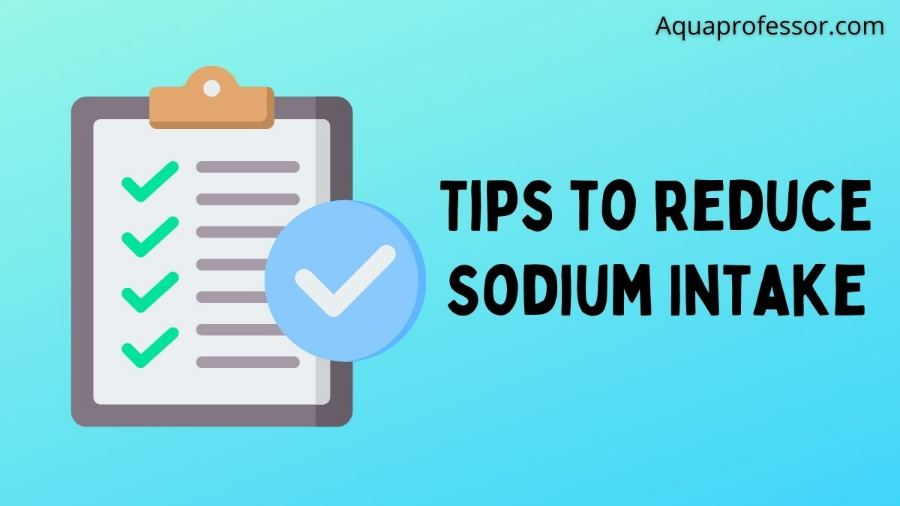
Here are some tips to reduce your daily sodium or salt intake:
💡 How To Remove Sodium From Softened Water: FAQs
Do Brita filters take salt out of softened water?
No, Brita filters usually don’t remove sodium/salt from softened water. They can remove tiny quantities of sodium from the soft water with the help of its ion exchange resin, but the filter is not mainly designed to treat salty tap water.
On the contrary, a Brita filter is developed to eliminate chlorine’s bad taste and odors and several other contaminants like cadmium, copper, mercury, benzene, asbestos, trichlorobenzene, and particulate matter.
Installing under-sink reverse osmosis water filtration systems is the best way to treat salty tap water.
How do you make softened water drinkable?
You can make your softened water drinkable with the help of a reverse osmosis filtration system or any other salt removal system like distillation, water conditioning system, electrodialysis, potassium chloride pellets, etc.
#Note: Water softeners add sodium to your hard water through the ion exchange process based on your home water’s hardness level. So if you’re suffering from low to medium hardness, the sodium added by the softening system isn’t a concern as the salt content in such water will be safe. It will not harm those suffering from high pressure and are medically advised for a low sodium diet.
How much sodium per day is healthy?
According to DGA, each adult person must limit their sodium consumption to >2300 milligrams/day; that is, they should consume no more than one teaspoon of salt daily.
In addition, kids of 1 to 3 years old must limit their sodium intake to 1500 mg/day. It rises to 1900 mg/day for 4 to 13 years old kids.
How much sodium is added by a water softener?
The amount of sodium a water softening system adds to yield soft water depends upon your water’s hardness. For example, if water hardness equals 18 grains/gallon, a water softener will discharge approximately 35 mg of sodium (Na) into every eight oz beaker.
How to remove salt from softened water for plants?
You can remove salt from your softened water and make it salt-free for watering plants by:
1. Mixing equal parts of distilled water with softened water to dilute it for plants.
2. Diluting your softened tap water with rainwater for watering plants (as rainwater is natural and is free of high salt or chemicals)
3. Treat your soft water with potassium chloride pellets.
4. Use a distiller to remove salt from your soft water.
5. Install a reverse osmosis system and get salt-free water for watering plants.
Adarsh is a Health & Nutrition Sciences graduate with expertise in environmental health. He is associated with ventures like Glacier Fresh Filter and Simpure Filter Systems. Through Aqua Professor, he intends to provide helpful information to every home to help them make smarter decisions.
